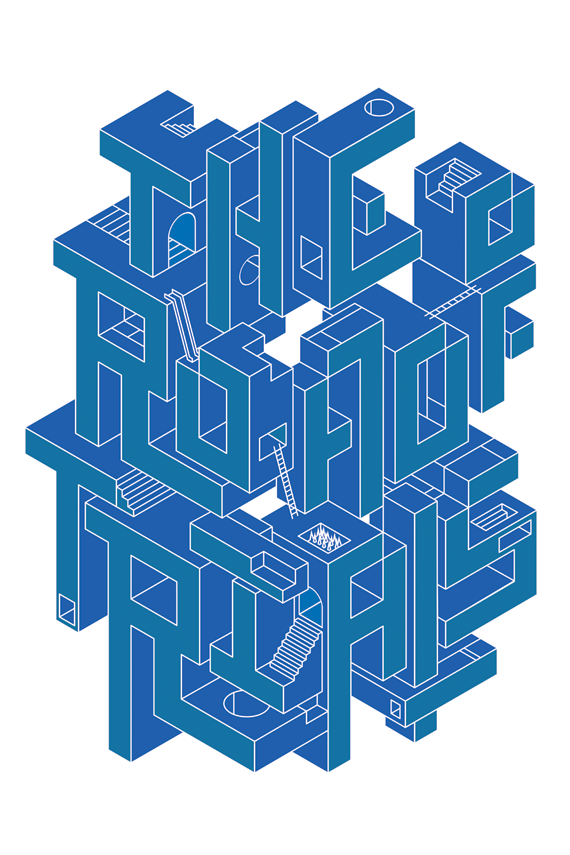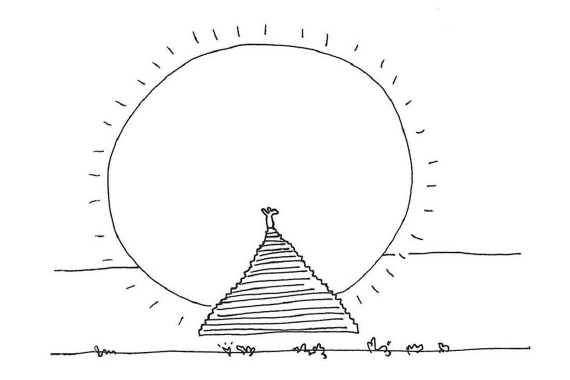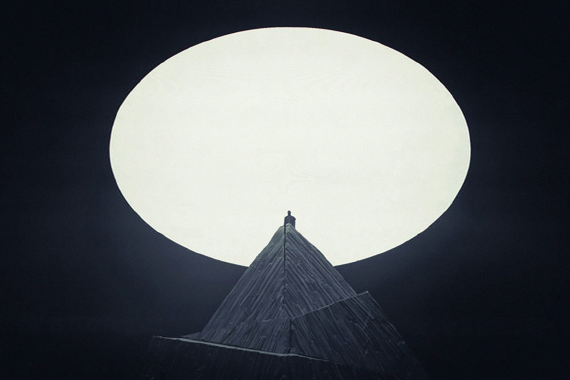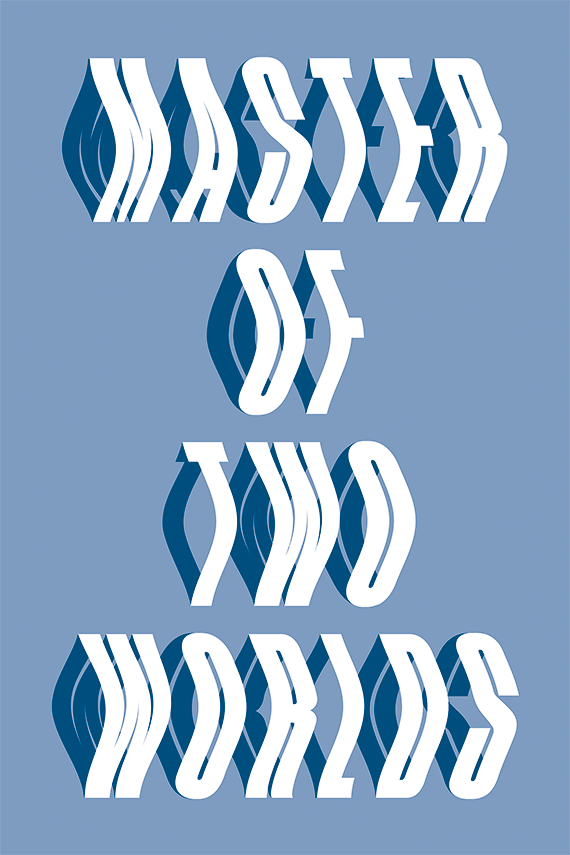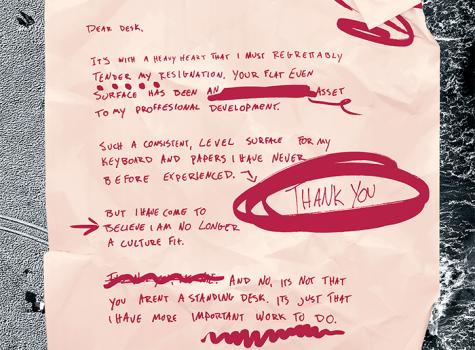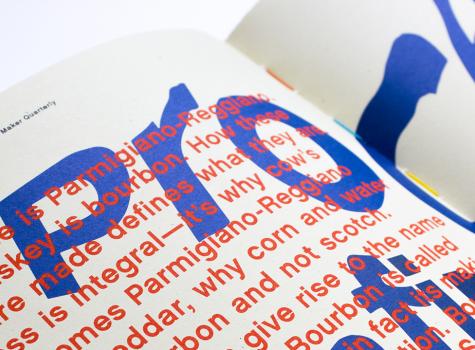Makers + Mythologies
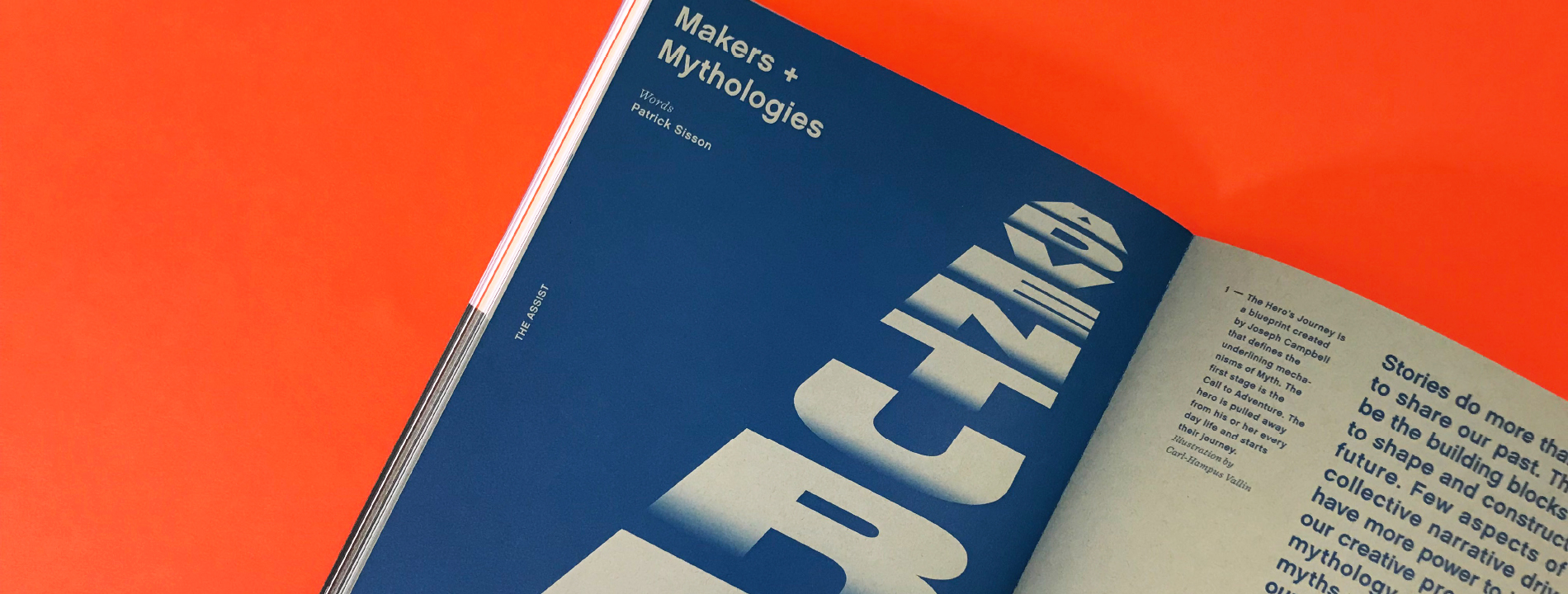
Stories do more than allow us to share our past. They can be the building blocks needed to shape and construct our future.
This article was originally published in Issue 14 of the Mohawk Maker Quarterly. The Mohawk Maker Quarterly is a vehicle to support a community of like-minded makers. Content focuses on stories of small manufacturers, artisans, printers, designers, and artists who are making their way in the midst of the digital revolution. Learn more about the quarterly here.
Suggested Articles
Issue No. 14 of the Mohawk Maker Quarterly is titled Lead & Serve and celebrates those who pave the way by helping others find their paths.
We’ve all fantasized about it: Quitting your day job to pursue your dreams on your terms—following your inspiration wherever it leads. To throw caution to the wind, reject convenience and act on what feeds your creative soul.
Not all cheese is Parmigiano-Reggiano. Not all whiskey is bourbon. How these products are made defines what they are.






















